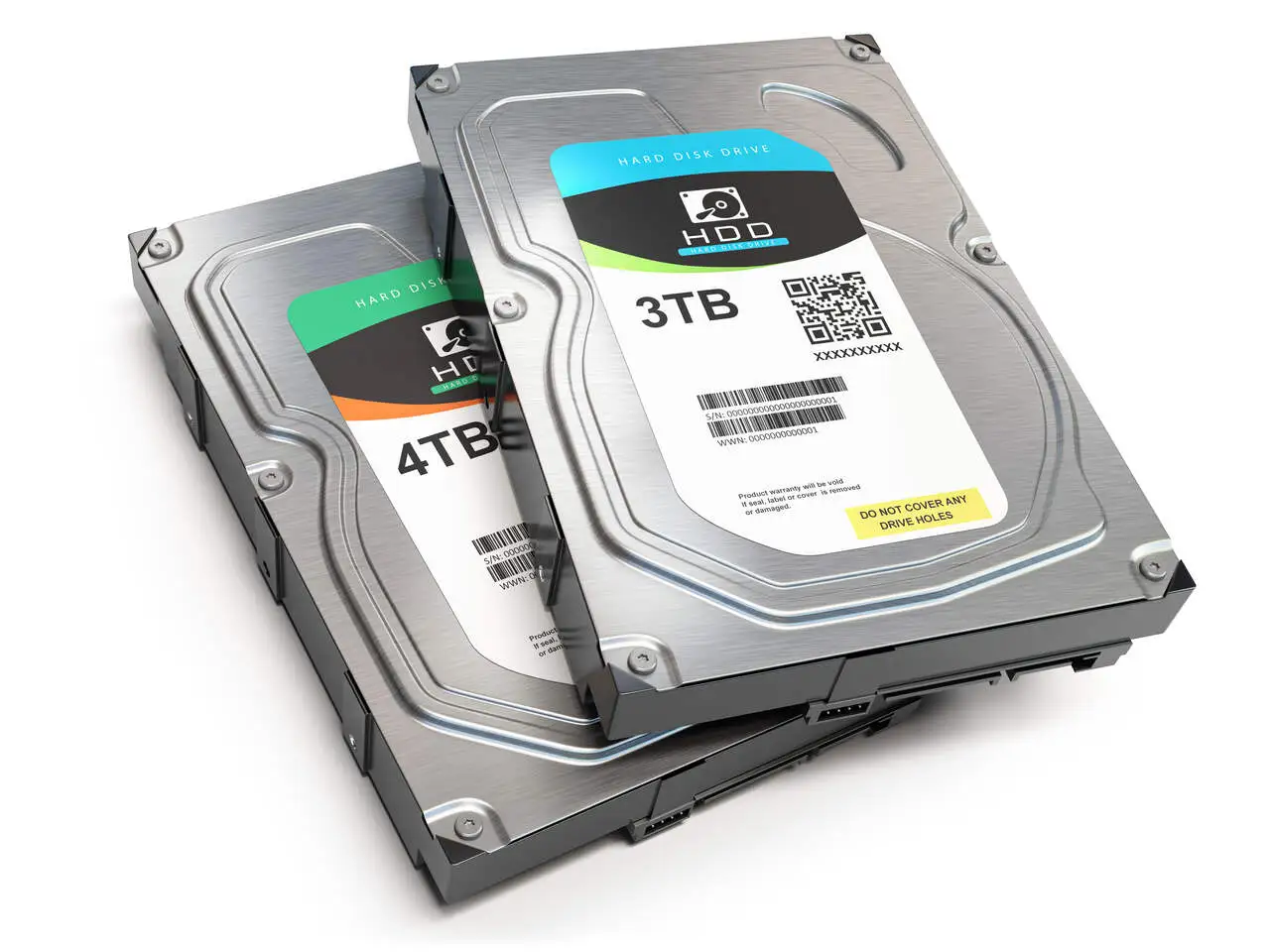Formatting a Mac can seem like a challenging task, especially for those unfamiliar with the process. However, with the right guide and a little patience, you can give your Mac a fresh start, improving its performance and efficiency. This article offers a detailed step-by-step on how to format your Mac, from backing up your data to reinstalling the operating system.
Understanding mac formatting
Before formatting your Mac, it’s crucial to understand what it entails and why it might be necessary. Formatting involves erasing all data from the startup disc and reinstalling macOS, offering an effective way to clean your device of unnecessary files, malware or software problems that may be affecting its performance.
There are many reasons why you might want to format your Mac. Whether it’s to solve performance problems, prepare the device for sale or simply to start from scratch with a clean, optimised system.
Before formatting, it’s essential to make a complete backup of your data. Time Machine, macOS’s built-in backup tool, makes this process easy, ensuring that you can restore your files, settings and applications after reinstalling the operating system.
Data backup
The first step before any formatting is to ensure the security of your data by making a complete backup.
A backup protects against the loss of important documents, photos, application settings and other personal data during the formatting process.
Time Machine is a powerful and easy-to-use tool for Mac backups. Simply connect an external hard drive and select it as the backup destination in Time Machine’s preferences. The software will take care of the rest, creating periodic backups of your entire system.
Reinstalling macOS
After the backup, the next step is to reinstall macOS. You can choose to do this via Recovery Mode or Internet Recovery, depending on your specific situation. Reinstallation methods:
- Reinstall via Recovery Mode: Restart your Mac and hold down the Command + R keys until you see the Apple logo. This will launch Recovery Mode, where you can access Disk Utility to format the startup disc and reinstall macOS.
- Reinstalling via Internet Recovery: If you’re having problems with your Mac’s recovery partition, you can use Internet Recovery. Restart your Mac and hold Command + Option + R to start from the Internet and access the same recovery tools.
Formatting the boot disc
Access Disk Utility via Recovery Mode to format your boot disc. Choose the APFS format for SSDs or Mac OS Extended (Journaled) for older HDDs and SSDs. After formatting, you’re ready to reinstall macOS.
Reinstalling macOS
Follow the on-screen instructions to reinstall macOS. This process may take some time, depending on your internet connection and the model of your Mac. After reinstalling, you will be guided through the initial system configuration.
With the system newly installed, it’s time to restore your data from the backup and reinstall your favourite applications.
Use Time Machine to restore your files and settings. Connect the external hard drive used for the backup and follow the instructions to restore your data.
And remember, if any data is lost during this process, you can count on Digital Recovery, a company specialising in data recovery.



